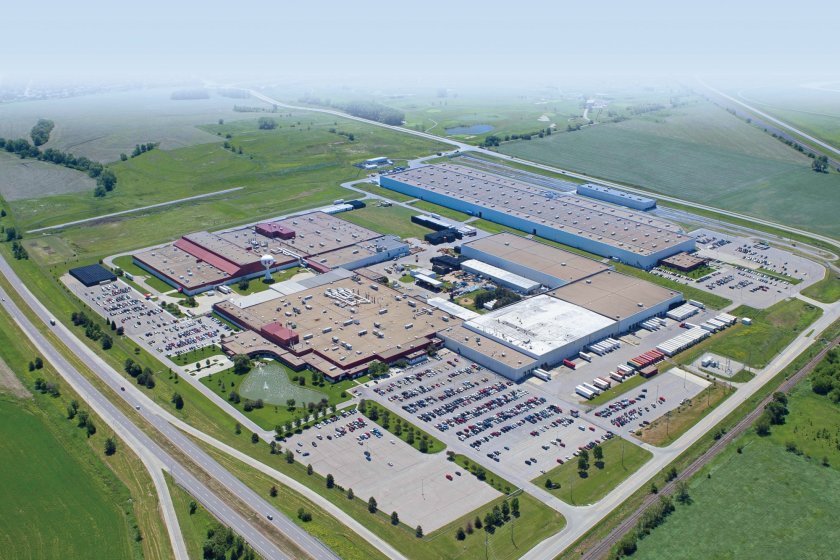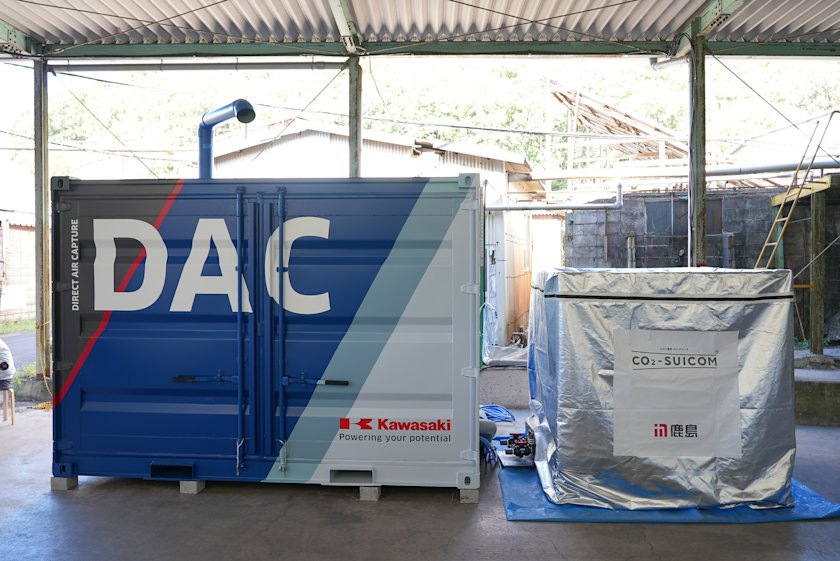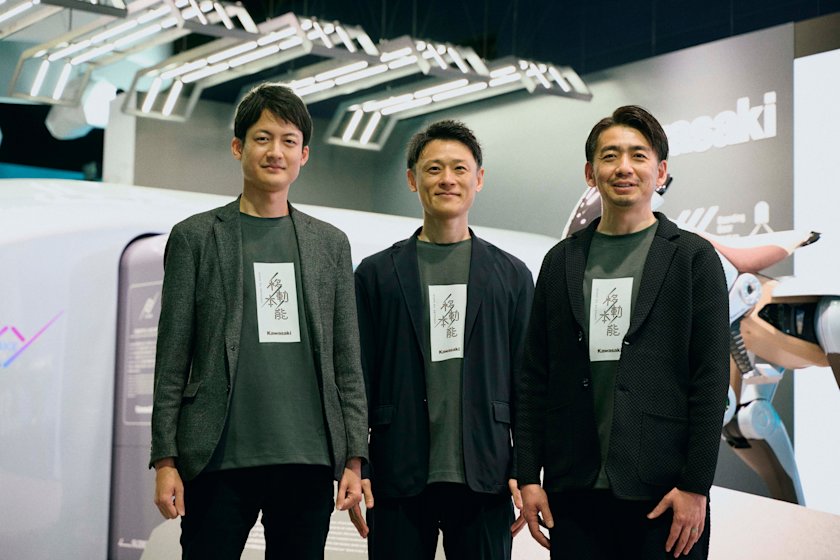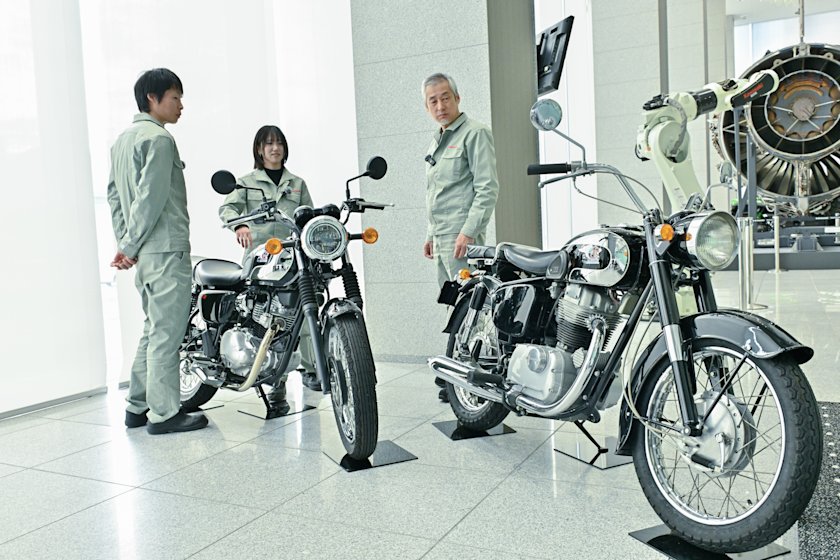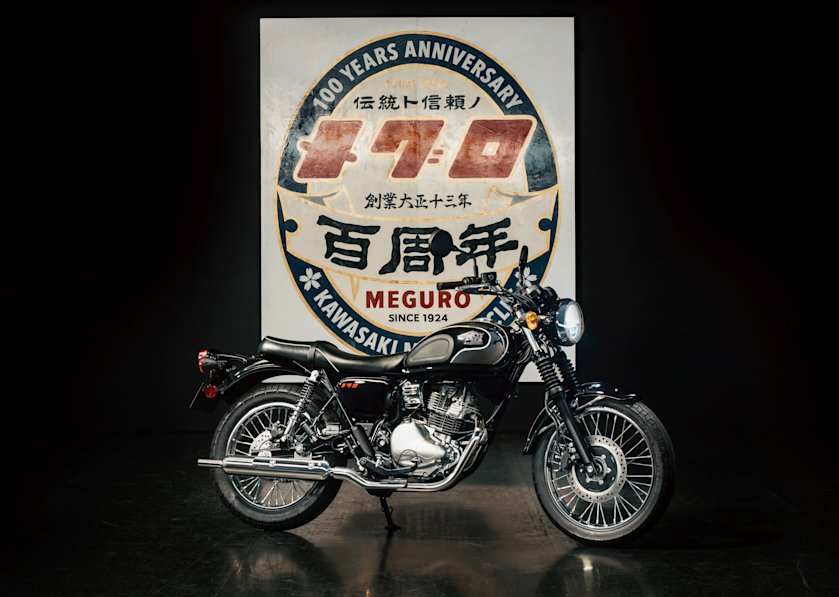What is Mobility? Possibility of Transportation Enhanced by Technologies

Mobility is an English word that originally meant the ability or property of a body to move or be moved freely and easily and has the social sense of the possibility of movement or travel. In the domain of transportation, the term refers to the capability or to a system to physically transfer people, objects, or something intangible to a different place.
The transport media changed from sailboats to cargo ships, from horse-drawn carriages to automobiles, and from locomotives to electric trains. Mobility has always been associated with human society since ancient times when humankind traversed a mountain or crossed the sea for the first time. Gathering wisdom, applying devises, and improving technologies, people have been creating better forms of mobility, in other words, means of transportation—to move persons, things, and actions to a more distant place in a shorter time more comfortably and more securely.
Now in 2021, advanced information and telecommunications networks for society have arrived, globalization is expanding, environmental issues of the Earth are becoming increasingly more serious, COVID-19 has brought a new contactless lifestyle, and society appease to have reached the time of a great transformation. In this new world, how will mobility evolve? Let’s travel through time together to observe Kawasaki’s mobility from the past to the present and the future to look into the potential of mobility.
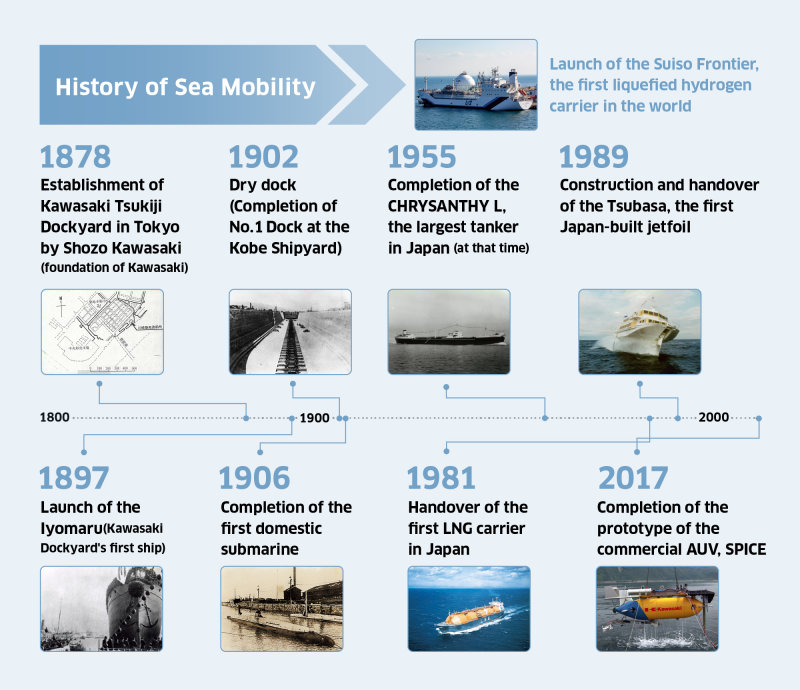
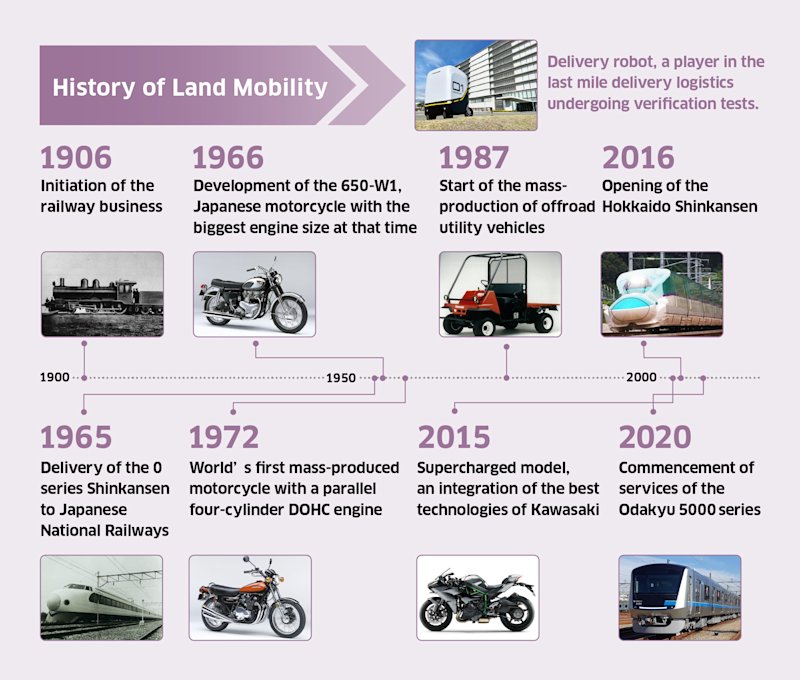
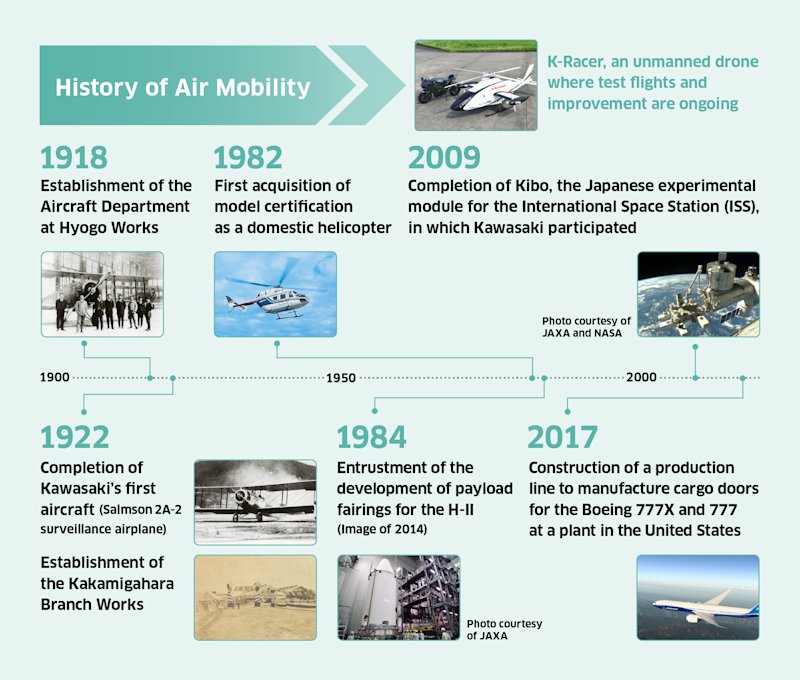
Ships, the Origin of Kawasaki Mobility
Watercraft were one of the oldest means of mobility by human beings. The ancient Egyptians made boats from papyrus reeds about 5,000 BCE, and a variety of different types of watercraft, including rafts consisting of pieces of wood tied together, dugout canoes made from hollowed out logs, and boats of woven bamboo, have been used for a very long time for humans to voyage between continentals and islands on the Earth.
Watercraft are regarded as the origin of Kawasaki mobility. The founder, Shozo Kawasaki, became an intern at an international trading company in Nagasaki at the age of 17 and became very interested in ships during the course of his career in the marine transportation business at the Japan Mail Steam-Powered Shipping Company. In 1878, he established the Kawasaki Tsukiji Shipyard in Tokyo, where it all began.
As ship material shifted from iron to steel, Shozo Kawasaki took the opportunity to build the first steel vessel in Japan in 1890, followed by 80 new ships in the following decade. The first full-fledged dry dock was constructed at Kobe Port in 1902. (A dry dock is built on land and connected to the sea with a canal. The gates are closed after the watercraft enters, and water is pumped out for repairs and construction.)
Subsequently, the first domestic ships of their kind, including the largest tankers at that time in the postwar period, liquefied natural gas (LNG) carriers, deep-sea research vehicles, pure car carriers, small submersible work vehicles, and deep submergence rescue vehicles, were released one after another in sequence. Kawasaki’s history of constructing ships parallels the progress of modern shipbuilding in Japan.

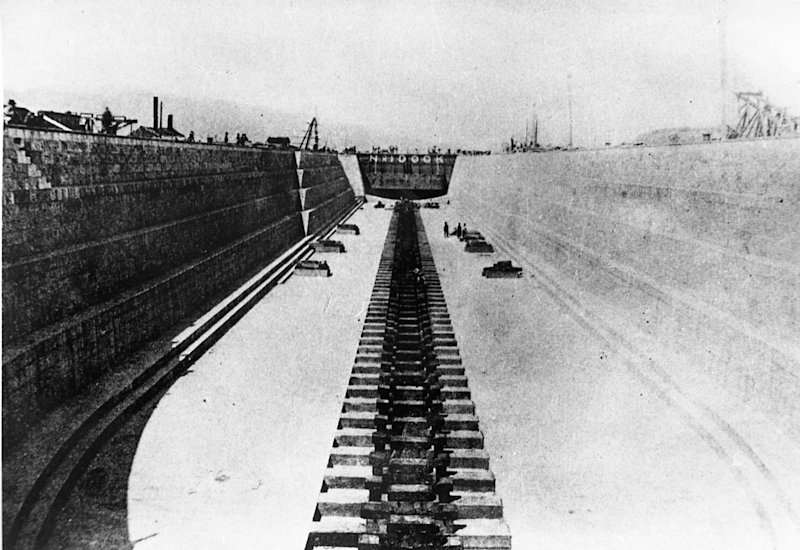
Technologies to Store and Transport Hydrogen at -253°C
With an eye on the next generation, Kawasaki developed the world's first liquefied hydrogen (LH2) carrier, the Suiso Frontier, whose official launch was celebrated in December 2019. Since hydrogen is the key to reducing greenhouse gas emissions and effectively using renewable energy, the vessel was built to transport hydrogen safely and in large quantities over long distances by sea.
When cryogenically cooled to -253°C, hydrogen changes from a gas to a liquid, shrinking to 1/800 its original volume. Using this feature, the Suiso Frontier was designed to dramatically increase transportation efficiency and enable a much greater distribution of hydrogen. The vessel was realized by the significant contribution of Kawasaki’s two great technological areas.
One is the shipbuilding that has been fostered since the foundation of the company. The other is tank construction for the safe storage of cryogenic liquefied hydrogen. Having built Japan’s first LNG carrier in 1981, Kawasaki accumulated expertise in the handling of substances at very low temperatures. Through the experience associated with LNG (cooled to -162°C ) carriers and the development of LH2 storage tanks for the rocket launch facilities at the Tanegashima Space Center, Japan Aerospace Exploration Agency (JAXA), as well as the LH2 containers, Kawasaki refined the technique to store carry and carry -253°C cryogenic LH2.
The dimensions of the Suiso Frontier are 116 m in length, 19 m in width, and 10.6 m in depth, and the vessel can carry 1,250 m3 of liquefied hydrogen in its gaseous state, which is equivalent to filling 13,400 Toyota Mirai fuel-cell electric vehicles (FCEVs) with a tank storing up to about 5.6 kg of hydrogen. The goal is to establish an international hydrogen supply chain. When the Suiso Frontier operates at full scale, the vessel will transport the hydrogen produced from the unused resource of brown coal in Victoria State, Australia, to Japan across a distance of 9,000 km in 16 days by sea.
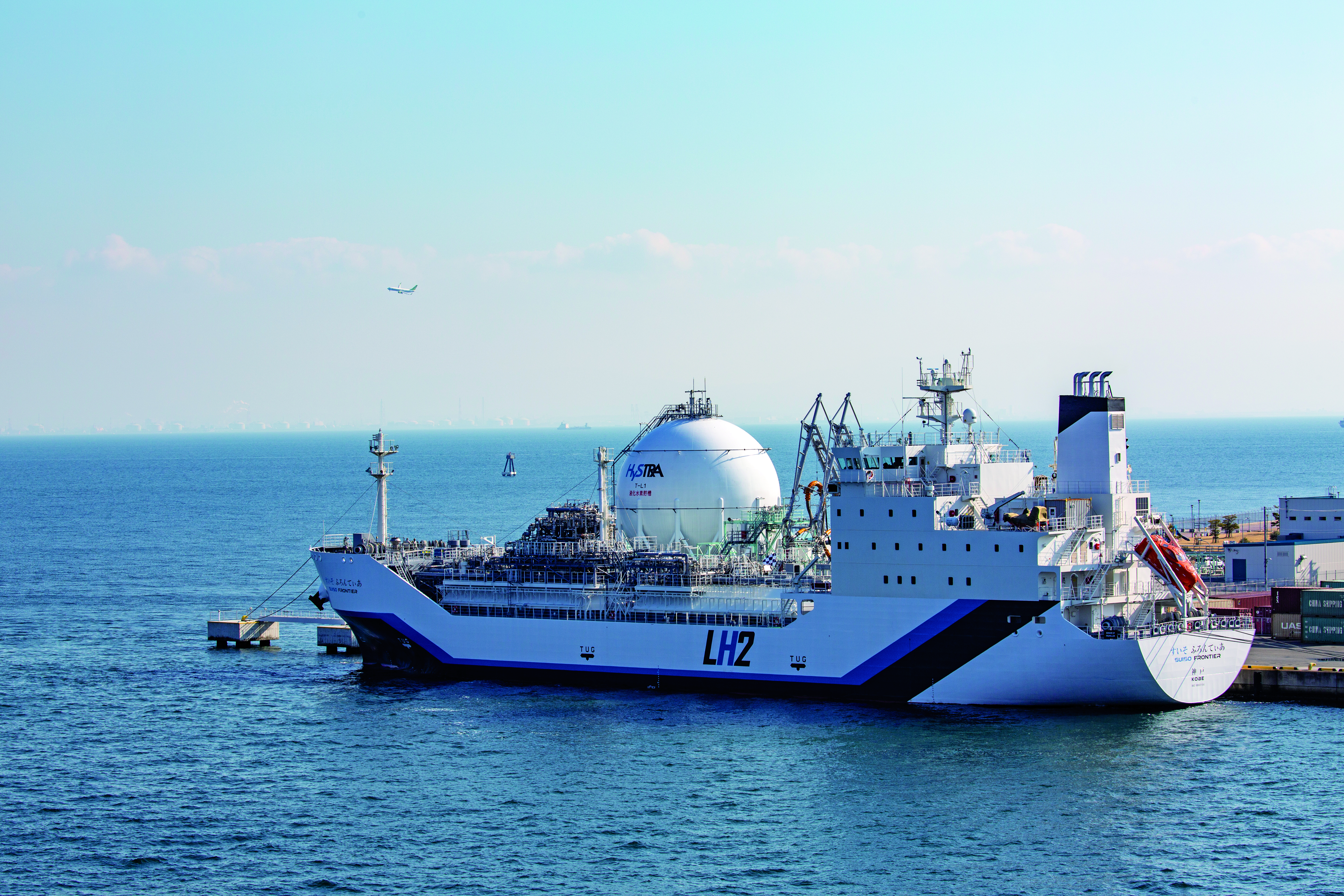
From the 0 Series Shinkansen to the New York City Subway
The evolution of rail traffic, which offers the advantages of mass transportation, punctuality, high speed, safety, and the saving of energy, links directly to the activation of society. Aware of its potential, Kawasaki started the production of made-in-Japan steam locomotives as early as the late 1890s. After the era of new-performance Cardan-drive type trains began, the Company dealt with unforgettably fascinating cars in railroad history, including the Odakyu 3000 series (1957), which is familiar as the Romance car, and the Kodama Business Express (1958).
The world-class long-distance intercity bullet train of Japanese origin is the Shinkansen. Taking full advantage of hydrodynamics and the expertise from its aerospace division, Kawasaki has been involved in the development and design of the Shinkansen since the early days and manufactured historic models, including the 0 series Shinkansen (1964); prototype cars for the 300 Series Nozomi that achieved a top speed of 270 km/h for the first time and connected Tokyo and Shin-Osaka within 2.5 hours (1990); the first all-double-decker Shinkansen, the E1 series Max (1994); the 500 series Sanyo Shinkansen (1996); and the 700 series Tokaido Shinkansen (1997). As for trains today, the N700, E6, E7, and W7 series emerged in the 2000s and later, but also the first set of the H5 series Hokkaido Shinkansen, which entered commercial service in 2016 and attracted a huge interest, are the works of Kawasaki.
The trains of Kawasaki run widely throughout the world. For example, many metro vehicles have been delivered as a lifeline for New Yorkers, the underground railway network, since 1982, and the total number exceeds 2200 cars as of today. The metro vehicles from Kawasaki offer excellent safety features and reliability and are beloved as an infrastructure that serves people’s transportation anytime 24 hours a day.
Kawasaki manufactures a variety of railroad vehicles from freight cars and locomotives to monorail trains and automated guideway transit systems. In addition to cars, the technologies have been developed for the entire transportation system to provide safety and comfort, such as vibration and body inclination control mechanisms. As the firm foundation beneath world transportation and transit, Kawasaki railroad technologies keep advancing day by day.

Lime-Green Motorcycles Enthuse the World
Hearing the name Kawasaki, many people would think of motorcycles, and some even remember the bodies in vivid lime green. Above all, the models with big displacement engines are incredibly popular, and the masterpieces include the Mach, Z1, Ninja, ZZR, and Zephyr, which are still in firm demand in the used vehicle market.
The image of Kawasaki as a big-bike brand was originally established with the 650W1 in 1965. The authentic sport model professed to be the biggest displacement motorcycle in Japan at the time and gained its great reputation not only domestically but also in the world’s largest market of the United States. The Kawasaki 250 A1 Samurai, an export that started concurrently, and the Mach series released slightly later fueled the boom, making Kawasaki very popular in that land of dreams.
Motor sports let the world fully acknowledge Kawasaki machines. The party in lime green, which someone referred to as a legend and another as a myth, entered the competition in the 1960s. The A1RAS and A7RS raced in the Daytona 200 in 1969, followed by domination of the AMA Road Race Grand Championship in the US by the H2R and the world's top motorcycle racing series, the FIM Road Racing World Championship Grand Prix (WGP), by the KR250/350 in the 1970s. Kawasaki motorcycles successively took part in memorable races with world’s rivals for the honorable title of “the fastest” and eventually acquired the nickname “the Green Monster.” The KR1000 was unequaled at the FIM Endurance World Championships in the early 1980s, and the Ninja gained power in the 1990s and 2000s. They still lead the riders to many titles atop the podiums.
Kawasaki motorcycles continue to evolve even now, which is symbolized by the Ninja H2/H2R, the flagship model based on the essence of Kawasaki engineering. The H2 series is the sole motorcycle with supercharged engine, that is currently mass-produced. The most notable feature in the development process involves the departments of aerospace, gas turbines, and technical development, in addition to motorcycle engineers. The ultimate road sport vehicle is built up by an innovative supercharger and aerodynamic devices by integrating the best technologies of Kawasaki. The H2 series performing over 200 maximum horsepower reigns as the preponderant King of Monster Machines.

Helicopters Dedicated to Emergency Medical Services (HEMS) Support Actual Emergency Medical Care
In 1918, Kawasaki Dockyard (the corporate name at that time) focused on the AIR and established the Aircraft Department at Hyogo Works, which was just a short 15 years after the Wright brothers' historic flight which they successfully achieved the first manned powered flight with the Wright Flyer I.
The starting point was when President Kojiro Matsukata observed an air raid by the German Air Force in London, which made him think that the era of air transportation would be coming and to promptly start the cultivation of a new business and preparation of a production structure. In 1922, Kawasaki completed its first aircraft, the Salmson 2A-2 type prototype, and the Japanese army adopted it as the first military plane, the Type Otsu 1 surveillance airplane. Four years later, an all-metal aircraft was first built in Japan in 1926 and registered as the Army Type 87 Heavy Bomber. When World War II ended in 1945, GHQ prohibited the production of aircraft, which terminated the Japanese aviation industry. After the lifting of the prohibition in 1952, the Company started production of parts for helicopters and jetliners as well as parts for defense purposes. While developing and producing state-of-the-art models as a partner with global aircraft manufacturers, Kawasaki also handled rocket and satellite components and instruments, such as the payload fairing for the H-II launch vehicle.
Furthermore, Kawasaki’s BK117 helicopters account for about 50% of HEMS serving in Japan. EMS helicopters started organized operations in Japan 20 years ago with its role of emergency care flights, serving day by day on the frontline of medical care. In particular, the BK117 series has been modified repeatedly since the first unit was produced in 1983, and the flight and safety performance of that model have been continuously refined. The clamshell doors that facilitate loading and unloading of a stretcher, the spacious cabin, excellent mobility, and the reliable twin-engine configuration enables safe flight even if one engine becomes inoperative—all of these elements contribute to the life saving role of the helicopter. Kawasaki fosters the development and manufacturing capabilities, as well as human resources, for more secure, comfortable HEMS operation for physicians, pilots, mechanics, and patients.

Mobility of Kawasaki for Outer Space and the Future
Kawasaki technologies have reached the high altitudes that helicopters and even jet planes cannot. Subsequent to delivery of the satellite fairing (protection of the rocket nose) for the H-II launch vehicle in 1993, the Company was responsible for some mechanisms of the Kibo International Space Station, as well as the structural design and part of the production of the spacecraft for the Martian Moons eXploration (MMX).
Having started on the sea and expanded onto the land, sky, and space, the means of transport produced by Kawasaki work every day and everywhere throughout the world so that the sound operation of Spaceship Earth is achieved. Where is Kawasaki’s mobility heading? The clue is described in the Group Vision 2030, which indicates the business policy to 2030.
Future mobility requires smartness and cleanliness at the same time. Kawasaki already kicked off activities toward the next-generation mobility society. For example, Autonomous Underwater Vehicles (AUVs) known as marine drones have already been commercialized. Moreover, its specialty in automation technologies is fully used to develop advanced mobility, including unmanned helicopters and delivery robots for that last mile. In consideration of the coming use of hydrogen, the Company emphasizes the development of hydrogen-fueled marine engines and power trains on aircraft.
You might have the desire to travel to lands you have never been to, to arrive at a destination earlier, and to travel more comfortably. In retrospect, the history of transportation is understood as steps in the realization of the dreams of humans to reach a higher, farther place much faster. From this perspective, the image of the year 2030 that Kawasaki pictures could be the embodiment of what we dream AT PRESENT.
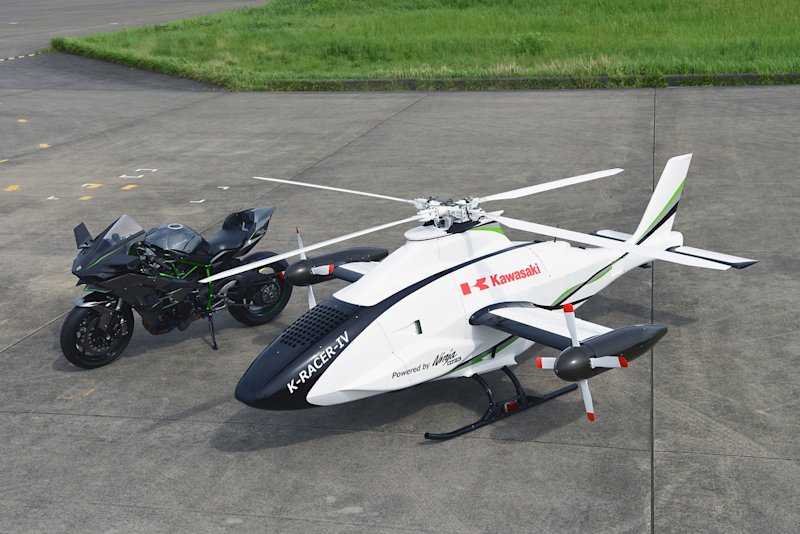
Go up uncharted paths! Kawasaki ATVs are popular in North America
Kawasaki off-road vehicles enjoy enduring popularity in North America. The product line includes the single-seat all-terrain vehicles (ATVs) KFX and Brute Force and the Mule and Teryx utility vehicles for two to four persons. Although the Road Traffic Act of Japan does not allow their use on public streets, the excellent maneuverability and availability of the Mule on any terrain has earned it a great reputation, such that the major firefighting vehicle manufacturer Morita Corporation employed the model as a base vehicle for its new fire truck.

Jet Ski is a registered trademark of Kawasaki!
Jet Ski is a motorcycle on water and one of the most popular marine sports. Kawasaki launched the novel vehicle ahead of the rest of the world for free travel on the water. The new market of personal watercraft (PWC) was established in the United States after the release of the JS400, the world’s first commercial model, in 1973. Though many people refer to these exciting water scooters as jet skis as a generic name, Jet Ski is a registered trademark of Kawasaki Heavy Industries.

Mystery of the ultra-high-speed passenger ship “Kawasaki Jetfoil”. What is the principle for flying on the sea?
“Kawasaki Jetfoil” is a hydrofoil traveling at high speed by lifting hull above the sea surface completely. Since the foils do not emerge from the water and the lift never changes even if the hull leans, Kawasaki Jetfoil can realize stable cruising. While the maximum speed is 45 knots (83km/h), the ride feeling is like an airplane because it is not affected by the waves. Also, it can maintain stable cruising even in rough seas with 3.5 m wave heights.
The first “Barrier-free” Jetfoil debuted in Tokyo islands route between Tokyo Takeshiba Terminal and the Izu Islands in July 2020.




